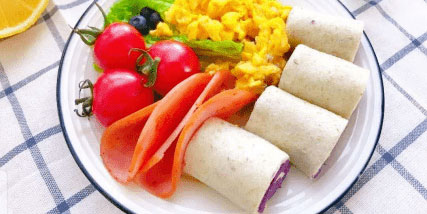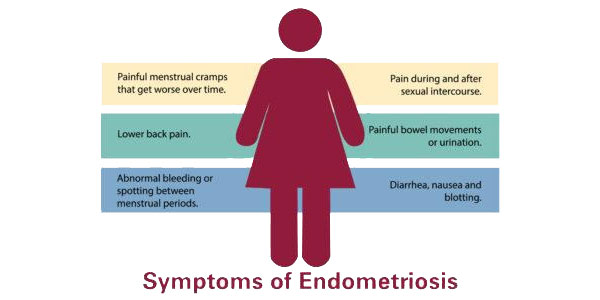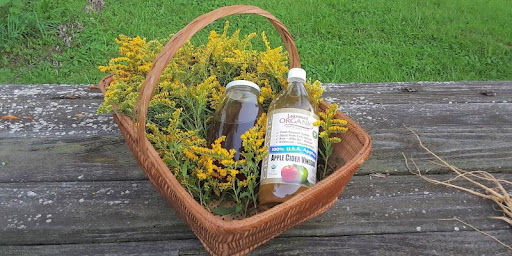Power of Insoluble Fiber: Top Foods and Unexpected Benefits
Nov 01, 2023
Insoluble fiber might sound like a term you’d read in a science book, but it's actually something very straightforward and essential for our daily diet. It's the type of fiber that doesn't dissolve in water. The major benefit most people know about is its help with constipation, but there's so much more to this dietary element.
What is Insoluble Fiber?
Insoluble fiber is one of the two main types of dietary fiber, the other being soluble fiber. As the name suggests, insoluble fiber does not dissolve in water. It adds bulk to the stool, which helps food pass more quickly through the stomach and intestines.
Why Do We Need Insoluble Fiber?
Gut Health: It's a lifesaver for our digestive system. This fiber helps food move smoothly through the digestive tract, reducing the risk of constipation.
Weight Management: Insoluble fiber foods can help you feel full without adding many calories to your diet.
Reduced Risk of Certain Diseases: A diet high in insoluble fiber foods can decrease the risk of certain types of diseases, including some forms of cancer and heart issues.
Top Insoluble Fiber Foods
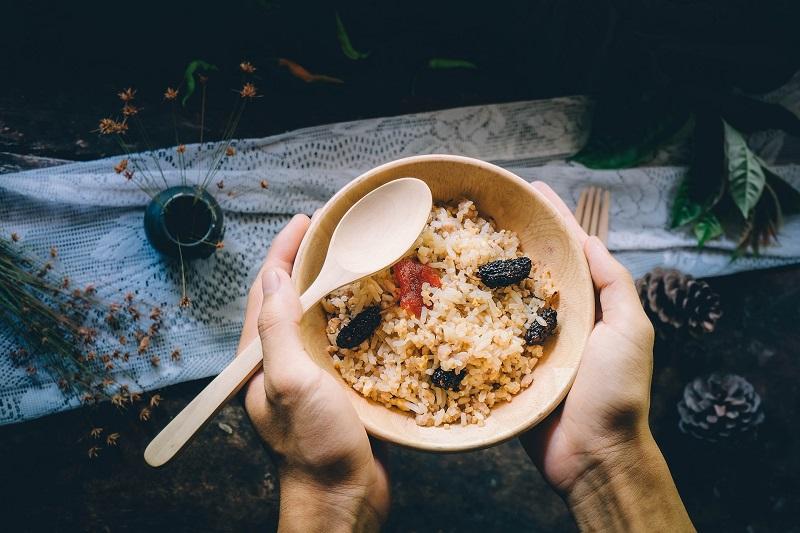
1. Whole Wheat Bread
An excellent source of fiber that's easy to incorporate into meals.
2. Barley
A versatile grain that can be added to soups, salads, and even desserts.
3. Brown Rice
A staple in many cuisines, it's healthier and more fibrous than its white counterpart.
4. Couscous
Often used in Mediterranean dishes, it's both delicious and rich in fiber.
5. Bulgur
Can be a substitute for rice or made into a salad.
6. Bran Cereals
A breakfast favorite that offers a hearty dose of daily fiber.
7. Lentils
These tiny legumes are not only protein-rich but also have a good amount of insoluble fiber.
8. Carrots
Crunchy and sweet, these are a snack that's beneficial for both your vision and digestion.
9. Cucumbers
Mostly used in salads, these bring freshness and fiber to your plate.
10. Tomatoes
Whether in salads, sauces, or sandwiches, tomatoes are an everyday source of insoluble fiber.
Table: Insoluble Fiber Content in Common Foods
Food | Insoluble Fiber (per 100g) |
Whole Wheat Bread | 3g |
Barley | 3.5g |
Brown Rice | 2.5g |
Couscous | 2.8g |
Bulgur | 4.5g |
Bran Cereals | 10g |
Lentils | 3.7g |
Carrots | 2.8g |
Cucumbers | 0.9g |
Tomatoes | 1.2g |
Surprising Benefits Beyond Constipation Relief
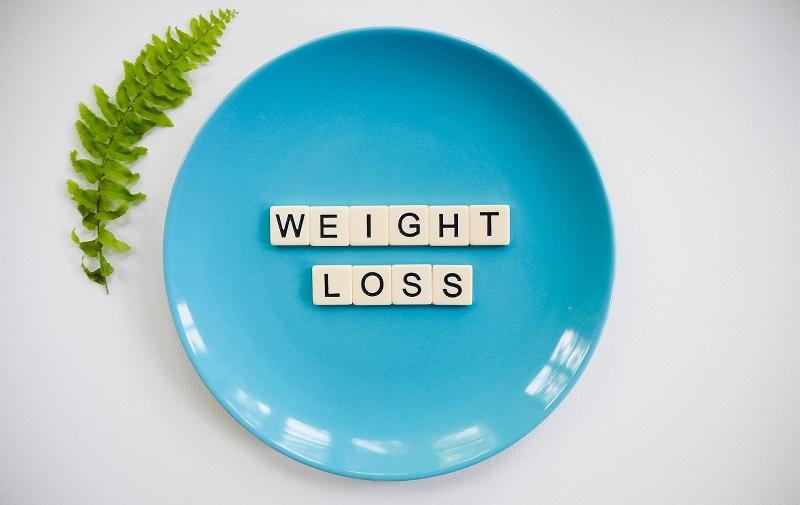
While most people turn to insoluble fiber foods for relief from constipation, here are some lesser-known perks:
Stable Blood Sugar Levels: Insoluble fiber slows down the absorption of sugar, which can help improve blood sugar levels.
Detox: It assists in moving waste and toxins out of your body, essentially helping to detoxify.
Weight Loss: Feeling full faster means you're less likely to overeat.
Incorporating Insoluble Fiber Foods in Your Diet
Starting your day with bran cereal, opting for whole wheat bread over white bread, adding lentils to your soup, or simply snacking on carrots can boost your intake. It's easy and beneficial.
Frequently Asked Questions (FAQs)
What is insoluble fiber?
Insoluble fiber is a type of dietary fiber that doesn't dissolve in water. It helps food pass quickly through our stomach and intestines.
How is insoluble fiber different from soluble fiber?
While both are types of dietary fiber, insoluble fiber doesn't dissolve in water, whereas soluble fiber does. Insoluble fiber helps in moving food through the digestive system, while soluble fiber can assist in lowering cholesterol and stabilizing blood sugar levels.
Why do I need to eat foods with insoluble fiber?
Eating insoluble fiber foods can help with digestion, make you feel full, reduce the risk of certain diseases, and offer many more health benefits.
Can you name some common foods rich in insoluble fiber?
Sure! Some examples are whole wheat bread, barley, brown rice, couscous, bulgur, bran cereals, lentils, carrots, cucumbers, and tomatoes.
I eat fiber to relieve constipation. Are there other benefits?
Absolutely! Beyond aiding in digestion, insoluble fiber can help stabilize blood sugar levels, detoxify the body, and even assist in weight loss.
How can I add more insoluble fiber foods to my diet?
You can incorporate more whole grains like barley and brown rice into your meals, snack on vegetables like carrots and cucumbers, or start your day with fiber-rich cereals.
Is there such a thing as eating too much fiber?
Yes, too much fiber in a short amount of time can lead to bloating, gas, or cramping. Always increase your fiber intake gradually and drink plenty of water alongside it.

